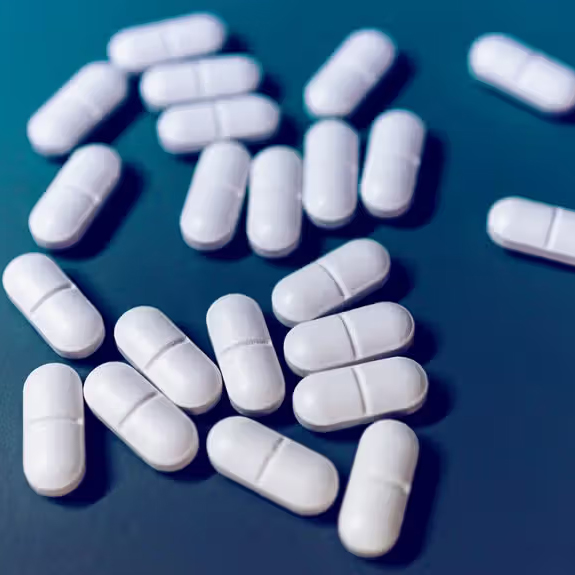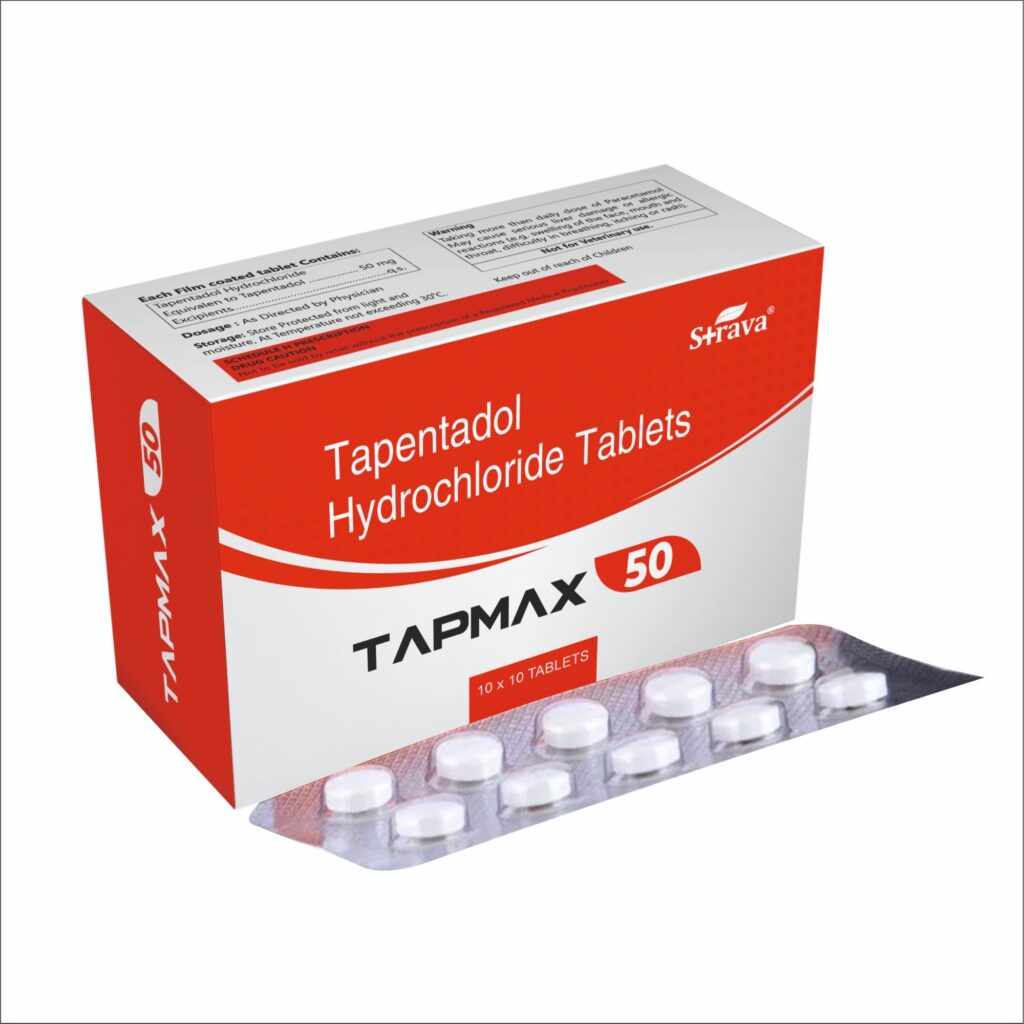Hydrocodone: An Overview
Hydrocodone is a prescription opioid medication primarily used to relieve moderate to severe pain. It is commonly combined with other analgesics, such as acetaminophen or ibuprofen, to enhance its pain-relieving effects. As a semi-synthetic opioid, hydrocodone works by binding to opioid receptors in the brain and spinal cord, reducing the perception of pain.











